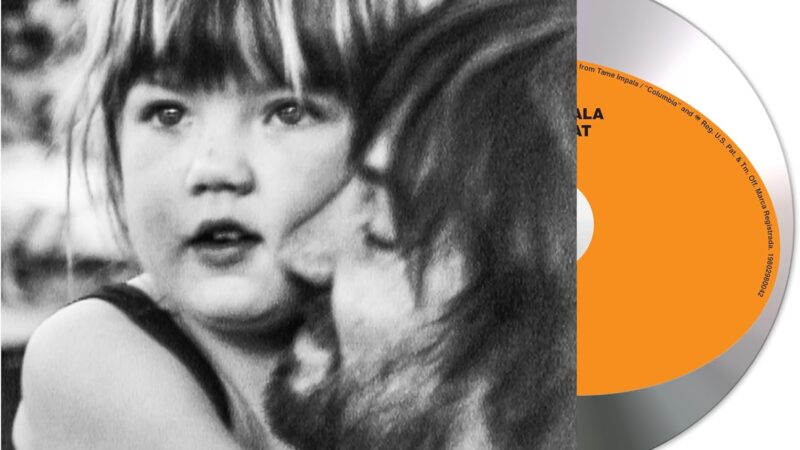Miguel – CAOS
Miguel remains, at his core, an R&B romantic. His lyrics glide between declarations of love and seductive playfulness as smoothly as silk sheets over skin. Among the artists who followed in Usher’s footsteps, Miguel stands out as one of the most intriguing Black male singers of his generation. For a while, he appeared to be in competition with Trey Songz and Jeremih, but his growing obsession with studio craft soon placed him ahead of the pack.
On his fifth album CAOS—his first in eight years—Miguel sounds much the same as the mischievous talent behind his 2010 hit Sure Thing, which resurfaced as a viral sensation just two years ago. Tracks such as New Martyrs (Ride 4 U) could easily have appeared on 2012’s Kaleidoscope Dream, while Angel’s Song would not feel out of place on 2015’s guitar-driven Wildheart.
Eight years with little change might seem audacious, but that confidence is part of Miguel’s appeal. If Adorn or the sultry guitar work of Arch and Point didn’t win you over before, CAOS serves as a reintroduction. The album occasionally falters, its concise runtime sometimes hinting at a shortage of ideas rather than sharp editing, and fans may miss an instant classic like Adorn or Sky Walker. Yet it remains a sonic journey, and Miguel’s vocal power is as strong as ever.
The album opens with the overture-like title track, co-produced with Ray Brady, featuring a distorted sample of the MUSYCA Children’s Choir, acoustic guitar flourishes, and affectionate lines sung in Spanish. That experimental streak carries into RIP, a love song driven by jittery drums and a hazy rhythm section, recalling the curiosity and synthetic textures of 1980s electro-R&B acts such as Ready for the World. The record closes with COMMA/KARMA, featuring funk pioneer George Clinton. It plays like a modern, more restrained version of Coffee, filled with imagery of sushi, sake, and Miguel’s hazy, self-aware swagger.
Songs like New Martyrs (Ride 4 U) and Always Time, co-produced by Dave Sitek, form the emotional and creative core of CAOS, standing proudly beside his best work. The album’s midsection, beginning with the Spanish-language El Pleito, loses momentum slightly; a few self-produced tracks barely cross the two-minute mark and feel underdeveloped. It regains focus with Nearsight [SID], where Miguel’s layered vocals remind listeners of his undeniable talent.
How CAOS will be received in today’s fragmented music scene remains uncertain. The Weeknd has evolved from the insular figure of House of Balloons into an arena-scale performer, while Frank Ocean continues to explore shimmering electronic landscapes that sustain his devoted following. In contrast, CAOS—despite its title—is refined and deliberate. It deserves to reach beyond Miguel’s core audience and find the wider recognition his artistry still commands.


















